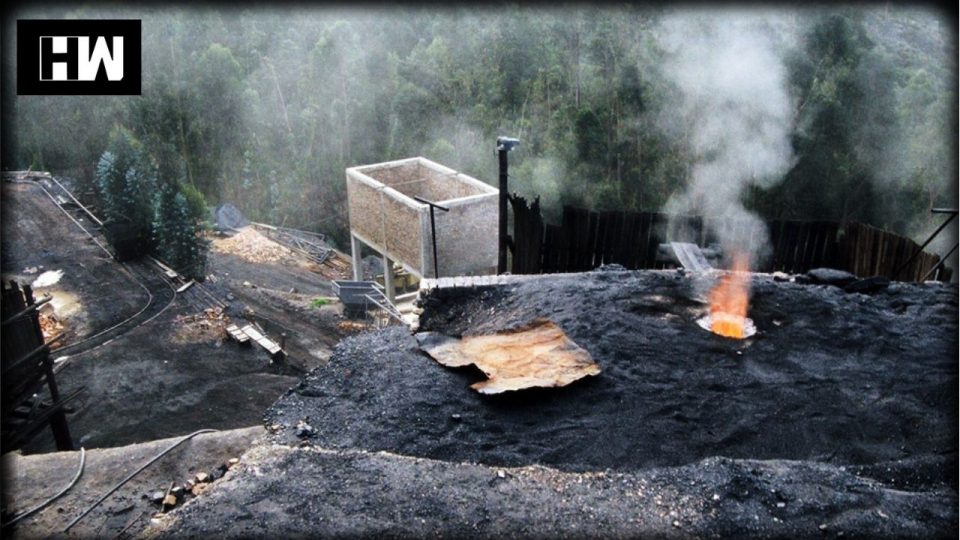A new reporting hub to reduce methane emissions – a powerful greenhouse gas responsible for at least a quarter of global warming – was launched on Sunday by the UN Environment Programme (UNEP), as the UN Climate Conference (COP26) kicked off in Glasgow.
Supported by the European Union (EU), the International Methane Emissions Observatory (IMEO), the initiative aims to improve the reporting accuracy and public transparency of anthropogenic, or human-caused, methane emissions.
Initially, the Observatory will focus on methane emissions from the fossil fuel sector, before expanding to other major producing sectors, like agriculture and waste.
“As highlighted by IPCC [Intergovernmental Panel on Climate Change], if the world is serious about avoiding the worst effects of climate change, we need to cut methane emissions from the fossil fuel industry”, said UNEP chief Inger Andersen.
Monstrous methane
Noting that methane released directly into the atmosphere is more than 80 times as potent as carbon dioxide (CO2) over a 20-year period, the report upholds the need for the world to cut by 50 per cent, greenhouse gas emissions to reach the goal set by the Paris Agreement on climate change, of limiting global temperature rise, as close as possible to 1.5°C.
However, as the atmospheric lifespan of methane is a relatively short 10 to 12 years, emission-cutting actions can reduce the rate of warming, as it also delivers air quality benefits.
According to the recently published UNEP-CCAC Global Methane Assessment, low or zero-net methane reductions could shave 0.28°C from the planet’s forecasted rise in average temperature by 2050, almost halving anthropogenic methane emissions.
The Observatory notes that if the world is to achieve the 1.5°C temperature target, it must make deep methane emission reductions.
To this end, it outlines how to prioritize actions and monitor commitments made by States in the Global Methane Pledge, a 30-country-strong effort to slash these emissions by 30 per cent, by 2030.
‘Hand-in-hand’ reductions
“But this is not a ‘get out of jail free’ card: methane reductions must go hand in hand with actions to decarbonize the energy system to limit warming to 1.5°C”, said Ms. Andersen.
As the fossil fuel industry is responsible for one-third of anthropogenic emissions, it is the sector with the highest potential for reductions.
Wasted methane, the main component in natural gas, is a valuable source of energy that could be used to fuel power plants or homes.
Emission data sharing
Beginning with the fossil fuel sector, the Observatory will produce a global public dataset of verified methane emissions.
This will be done by integrating information principally from the Oil and Gas Methane Partnership 2.0 (OGMP 2.0), scientific studies, remote sensing data, and national inventories.
IMEO will then share this data with companies and Governments globally to utilize for their own strategic mitigation actions.
Trusted data
Methane reductions must go hand in hand with actions to decarbonize the energy system — UNEP chief
Data collected through OGMP 2.0 – launched last November in the framework of the Climate and Clean Air Coalition, in which UN agencies are partners – are of critical importance, said UNEP.
OGMP 2.0 is the only comprehensive, measurement-based reporting framework for the oil and gas sector, and its 74-member companies represent many of the world’s largest operators, with assets that account for over 30 per cent of all oil and gas production.
In its first published report, IMEO spells out the need for an independent and trusted entity to integrate multiple sources of data.
The report also includes an analysis submitted by OGMP 2.0 companies, where most outlined ambitious 2025 reduction targets.
Out of the 55 companies that set goals, 30 meet or exceeded the recommended targets of 45 per cent reduction or near-zero methane intensity, and 51 have submitted plan.
To maintain its independence and credibility, IMEO will receive no industry financing, but instead be entirely funded by Governments and philanthropies, with core resources provided by the European Commission as a founding member.
As an independent media platform, we do not take advertisements from governments and corporate houses. It is you, our readers, who have supported us on our journey to do honest and unbiased journalism. Please contribute, so that we can continue to do the same in future.

